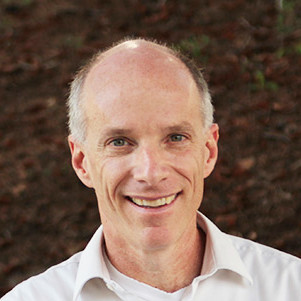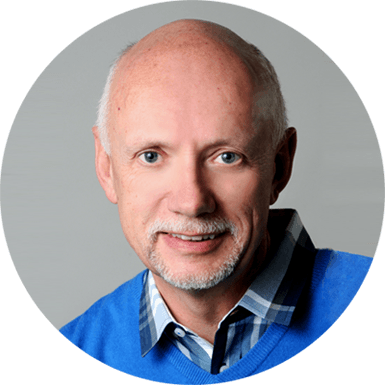Project 4: In situ destruction of halogenated Superfund contaminants with persulfate-generated radicals
Summary
After 40 years of research and field experience, the remediation of hazardous waste sites remains a substantial challenge. Over the past three decades, considerable progress has been made in the use of in situ treatment methods, such as bioremediation and permeable reactive barriers. Nonetheless, excavation and off-site disposal remains the most common remedial approach for soil and groundwater extraction (i.e., pump-and-treat) systems are still being employed at numerous Superfund sites. Among the emerging alternatives to these expensive approaches, in situ chemical oxidation (ISCO) has shown substantial potential for providing an effective means of remediating a variety of contaminants, including TCE and petroleum hydrocarbons. Despite its popularity, ISCO has proven difficult to use in the treatment of hydrophobic compounds and compounds that exhibit low reactivity towards hydroxyl radical and sulfate radical—the two strongest oxidants produced during the decomposition of hydrogen peroxide and peroxydisulfate (i.e., persulfate) in the subsurface. Our proposed research aims at developing new in situ chemical remediation techniques capable of treating Superfund contaminants that often require expensive ex-situ methods, (fully halogenated organic solvents, polychlorinated biphenyl (PCBs), polybrominated biphenyl ethers (PBDEs), and per- and polyfluorinated alkyl substances (PFAS)) by employing Anaerobic Radical Treatment (ART).
In Aim 1, we propose to develop and optimize anaerobic thermally activated persulfate methods to dehalogenate recalcitrant contaminants. We will develop a kinetic model that will account for temperature, pH, oxidant dose, contaminant concentration, and oxygen concentration. In Aim 2, we will develop a method that employs the use of co-solvent flushing followed by ART. In anaerobic conditions, activated persulfate can react with alcohols to form carbon centered radicals that are able to degrade contaminants. We also predict that persulfate can activate at lower temperature in the presence of solvents, which will allow for more efficient treatment of complex chemical mixtures. This includes aqueous film-forming foams (AFFF) used at sites contaminated with halogenated solvents. Aim 3 is focused on the discovery and fate of stable transformation products formed during ART. In collaboration with Project 3, we will investigate biodegradability of transformation products in microcosm studies. Aim 4 focuses on biomolecule assays, as well as established bioassay such as the Ames test. The results of predicting possible modes of toxicity by utilizing computational toxicity models, screening with Project 4 could provide novel approaches for the remediation of highly halogenated emerging and legacy compounds in the environment, while providing new models and methods for minimizing toxic transformation products.
Project Leadership

Dr. David Sedlak
Project Co-Leader
Malozemoff Professor in Mineral Engineering,
Co-director of Berkeley Water Center, and
Director of Institute for Environmental Science and Engineering (IESE)
Civil & Environmental Engineering, College of Engineering
University of California, Berkeley

Dr. Martyn Smith
Project Co-Leader
Professor of the Graduate School
Professor Emeritus, Environmental Health Sciences
University of California, Berkeley